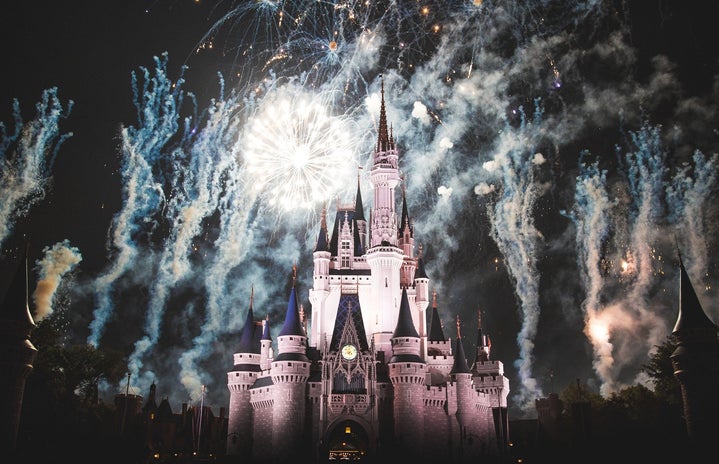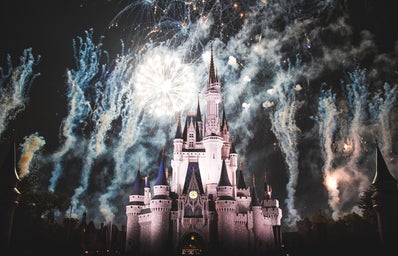Despite being a self-proclaimed “leader in LGBTQ workplace equality and content” and a company that strives to employ creators from all backgrounds for the sake of “authentic storytelling”, Disney has had its fair share of controversies when it comes to the representation and inclusion of diverse actors, characters and stories.
Although the stories of the ‘Disney Renaissance’ include a diverse cast, from the native American tribes in Pocahontas to Arabians in Aladdin and Asian representation in Mulan, many of these stories are still told from a Eurocentric perspective. In particular, Aladdin and Mulan have being criticized for their racist depictions of minorities and whitewashing of heroes, while giving villains darker skin and more ethnic-looking features. This is not to mention that these films boasted a near completely white voice cast, regardless of the ethnicity of the character being played, or the insular racial stereotypes that came out of the films produced between Disney’s Golden and Bronze age, such as Dumbo and The Aristocats.
And LGBTQ representation in Disney? In the past, Disney tended to represent queer-coded characters as either villains or as minor characters who were consistently beaten or outshone by the heteronormative main cast. Nearly all villains from the Disney Renaissance are queer-coded to some degree: characters like Scar, Governor Ratcliffe, Jafar and Ursula among them. Howard Ashman, lyricist for The Little Mermaid and creator of Ursula, openly shared that the sea-witch was inspired by the drag queen Divine from the film Pink Flamingos. Associating this image with villainy antagonizes queer people and queer traits simply for the sake of “theatrical quality and elegance”, in the words of lead Disney animator, Andreas Deja.
With the arrival of live-action remakes of some of the more notable Disney films, the company has been given the opportunity to rectify their racist and queerphobic history. Through more accurate cultural storytelling, the removal of the harmful racist characters and the inclusion of openly queer characters in movies such as Mulan, Dumbo and Beauty and the Beast, the stage was set for a new era of inclusive, respectful and diverse retellings of the stories we know and love. Despite their efforts, however, Disney has managed to make recreations which not only lost some of the magic that made the films special, but are also guilty of queerbaiting the audience and not fully committing to the inclusion of people of colour.
Moving away from animation and into the world of Disney Channel, the reality of being a child star featured in Disney paints an equally upsetting picture. Stories shared by previous Disney Channel stars shed a light on how the sexist, Eurocentric and heteronormative views of the network affected these young actors and actresses. In their documentary “The SAD stories about Black Disney Girls”, Youtube channel Empressive showcases the struggle of young women of colour within the Disney franchise. In a detailed exploration of the mistreatment of these girls, it reveals how each was wronged because of her race, weight or sexuality. Raven-Symoné, the star of That’s so Raven, explained how she felt pressured into hiding her sexuality to preserve the image that Disney had carefully curated for her. A rising star on the network, Keke Palmer, had her own show denied in favour of Hannah Montana as Disney became more whitewashed and less “urban”. Skai Jackson, who played major roles in Jessie and Bunk’d, also reflected on the lack of hairstylists on set who knew how to style her natural hair, leaving her looking much less appealing than her co-stars. Although white stars had their fair share of problems, with Miley Cyrus being the least paid actor on her show and Selena Gomez claiming that the industry consistently bullied her, the black Disney girls received the worst treatment of all.
No matter how much we may love these TV shows and movies, Disney needs to do better. Although the two newest films to come out of Disney, Soul and Raya and the Last Dragon, have done better in terms of POC representation, the company needs take a hard look at what they are producing and focus on creating stories that do not perpetuate harmful representations or exclude minorities. As children grow up in a world increasingly influenced by technology and the media, Disney has an unprecedented opportunity to teach them to see the world in a way which represents, respects and celebrates people of all backgrounds. It’s time they step up to the plate. The world is watching.


